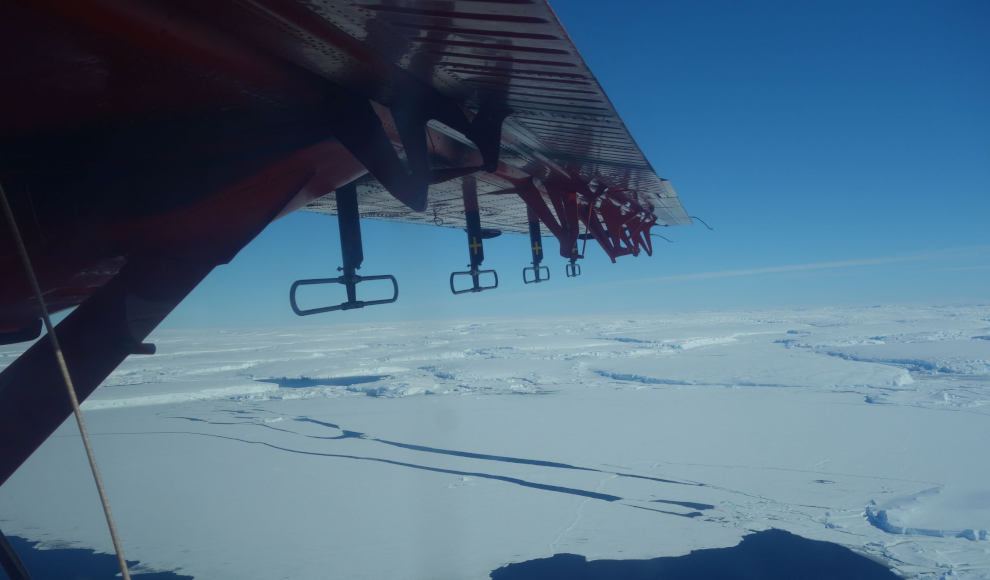New data has been released that shows the rock beneath the Thwaites Glacier, also known as the Doomsday Glacier, which is the most sensitive glacier in the Arctic. This geological map allows for predictions on how the glacier will move and melt, which is crucial as it heavily impacts sea levels. The Thwaites Glacier is a massive ice area in West Antarctica that is in the focus of global warming research due to its rapid melting. It is approximately 120 kilometers wide and over 600 kilometers long, with a catchment area that makes up about four percent of the entire Antarctic ice sheet. Its rapid melting significantly contributes to the global sea level rise, with scientists predicting that a complete melting of the Thwaites Glacier could cause a worldwide sea level rise of about 65 centimeters.
Researchers from the British Antarctic Survey (BAS) have now mapped the underground of the glacier for the first time. The insights gained from this mapping provide essential information on the glacier’s vulnerability to climate change. According to the publication in the journal Science, the scientists discovered that there is little sedimentary rock present under the glacier, which could influence the glacier’s movement in the coming decades as it continues to advance into the ocean. The new geological map of the region allows for predictions on the future movement of the Thwaites Glacier.
The new analysis is based on airborne measurements with radar-equipped planes that can see through the ice to the underlying rocks. Additionally, sensors were used to map tiny variations in gravity and magnetism thousands of meters below the ground and the seabed on which the glacier rests. The scientists then used these diverse data sources to create a three-dimensional image of the features, including the type and extent of different rocks. It is not yet clear how this new knowledge of subglacial geology will affect estimates of ice flow and loss from the Thwaites and other glaciers. However, the study shows that the geological landscape has direct control over the basal shear stresses that affect how quickly the ice can flow into the ocean.
In conclusion, the new geological map of the Thwaites Glacier provides crucial insights into the glacier’s vulnerability to climate change and its impact on sea levels. The mapping of the underground rock allows for predictions on the glacier’s future movement, which is essential for estimating future ice loss and sea level rise. The study also highlights the importance of subglacial geology in predicting the behavior of glaciers and their impact on the environment.










